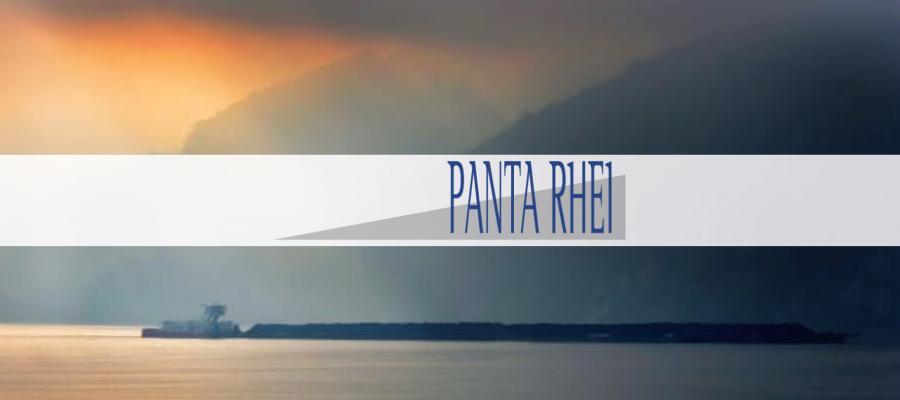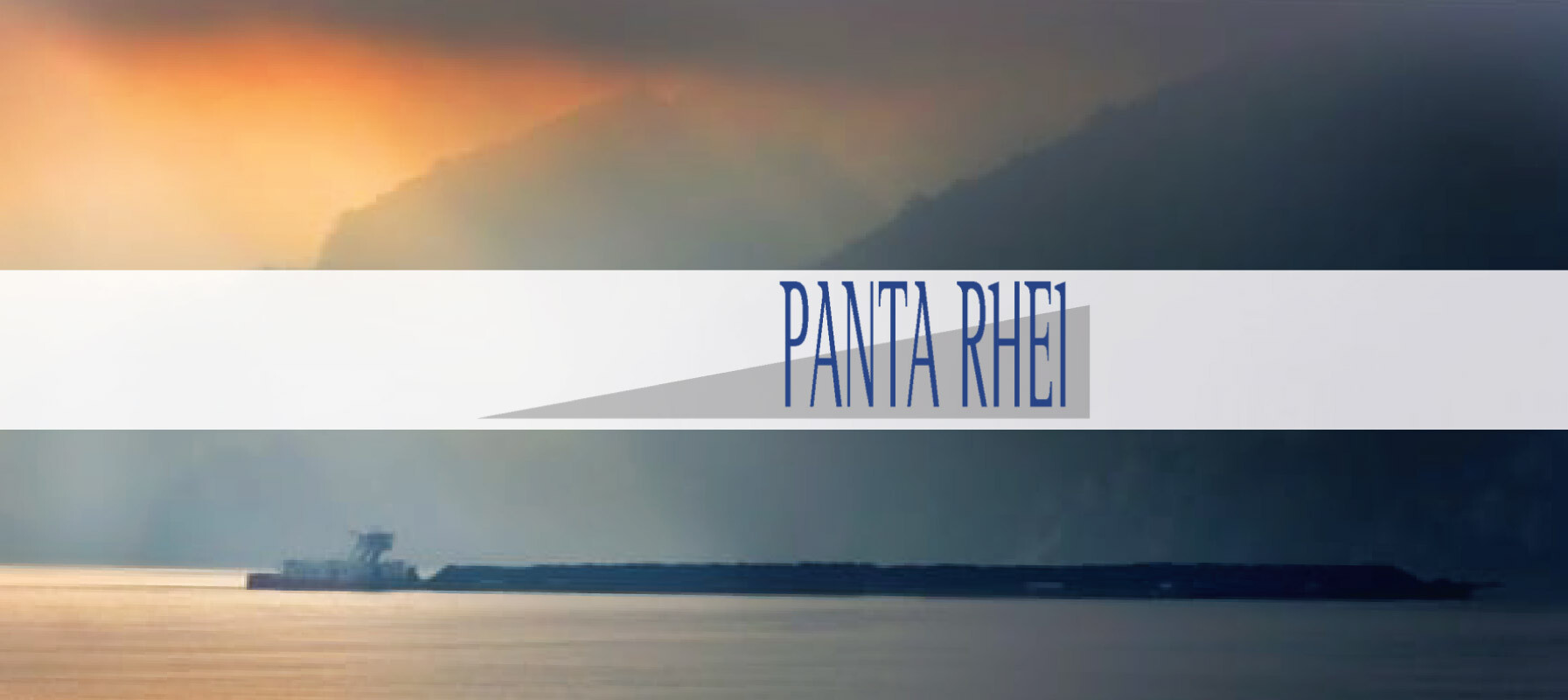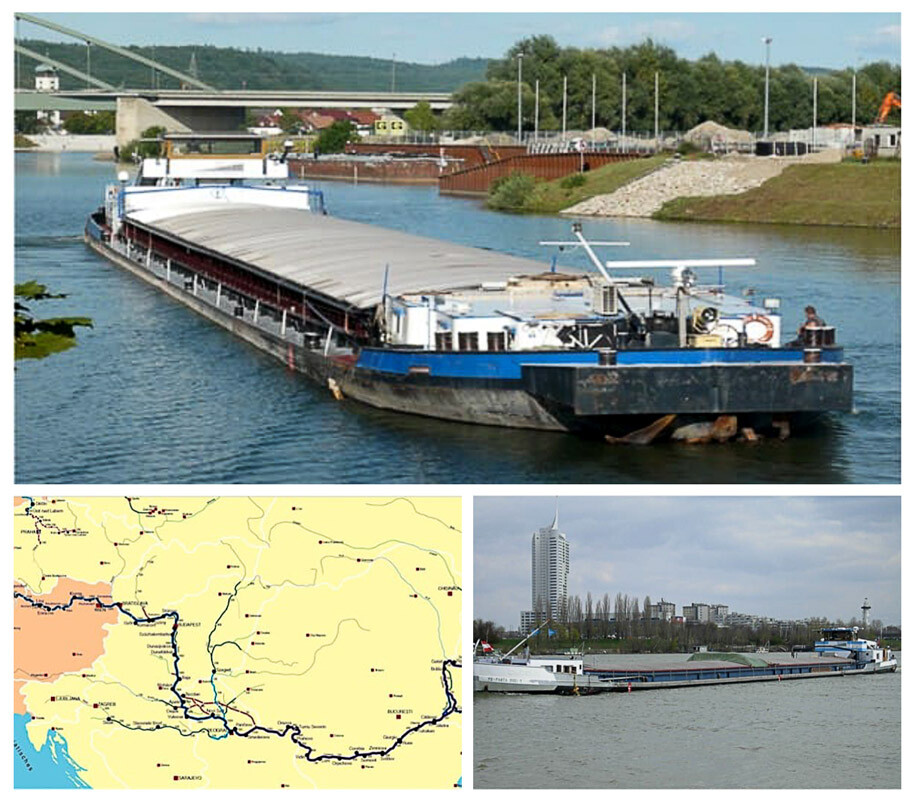Q&A with Martin Stoeglehner of Panta Rhei, Vienna, Austria (operator on the Rhine/Danube River)
We had the opportunity to have a brief chat with Martin Stoeglehner about Panta Rhei Shipping, which is a deep-sea shipping company, and waterway transport within Europe. He kindly filled us in on what’s happening in the industry at the moment.
Can you give us a brief rundown of Panta Rhei’s operation times and its owner?
Panta Rhei is a deep sea shipping company that was founded in 1994. Panta Rhei has a number of major shareholders. The main players are Kühne & Nagel Euroshipping Regensburg (65.1%), MSG, a cooperative with 100 river vessels (25.1%) and Dieter Illmayer (9.8%).
How many employees do you have working in your key European offices?
We have three main offices in Europe. The biggest and busiest one is in Vienna, Austria, which has 12 full-time employees working there. Our Romanian office in Constanta has 5 employees, and the Ukrainian headquarters in Odessa has 3 staff members.
How long have you been in the shipping and freight forwarding industries and how did you end up working at Panta Rhei?
I’ve been working in this sector since 1981 where I started with Panalpina, which is headquartered in Switzerland. Between 1986 and 2004 I worked for Schenker & Co AG in Austria. After 23 years of working in the industry for others, I felt that it was the right moment to become more independent. That was when my partner, Dieter Illmayer, who is a part owner at Panta Rhei GmbH decided to establish a shipping company. At present, I’m an 8% shareholder.
Europe’s inland water is often overlooked; what kind of solutions can you provide?
The best alternative is river shipping with transshipments taking place in both sea and river ports. We operate on all of Europe’s main rivers, such as the Rhine, Main, Danube, Mosel, Neckar, and Elbe. We also utilise some of the connections via the Main Danube Canal, which includes the Mittelland Canal and the Cerna Voda Canal. This way you can ship Cargo from the North Sea Rotterdam/Antwerp/Amsterdam via the Rhine, Main Danube Canal and Danube up to Constanta and/or Izmail in the Ukraine. Also it is possible to ship from Hamburg via the Elbe, Mittelland Canal and the Rhine to several destinations throughout Germany, the Netherlands, Belgium and Switzerland.
Which Western European ports do you use to ship to Central Europe?
The Netherlands, Belgium, Germany, Switzerland, and Austria.
What about from Black Sea ports to Central Europe?
We start from the Danube and pass through Germany, Austria, Slovakia, Hungary, Croatia, Serbia, Bulgaria, Romania, Moldavia, and the Ukraine – basically, there are many ports that can be called at.
What type of vessel do you typically use and how long is the average transit time?
We use vessels that range between 1.000 dwt up to convoys with 8 barges and up to 10.000 dwt.
As for transit times, the following information can give you a rough guide: Rotterdam/Antwerp – Vienna 11-12 days / Vienna – Constanta 14 days / Duisburg – Linz 10 days / and from Constanta – Regensburg, 20 days.
Do you accept break bulk pieces on your barges and what types of barges do you use?
In Western Europe and on the Danube we use self-propelled vessels. Also, on the Danube, you can use non self-propelled barges.
Our vessels have steel floors, and these are suitable for heavy lift and break bulk pieces. Self-propelled vessels can carry approximately 5 to/m2 on the tank top and barges are able to carry about 8 to/m2.
We have the ability to move items up to 400 tonnes in weight with the maximum dimensions being 80x10x6m.
What kinds of bill of lading covers inland waterway transport and do you have agreements with ocean carriers?
We don’t issue any trough bill of lading instead forwarders are able to use FBL or FCR. Inland waterways are covered by bill of lading, which can only be issued by the owner.
What kind of information do you need to offer a quick quotation and who are your usual customers?
Our main customers are usually forwarders.
When it comes to quotes, we need a packing list with as much information as possible. We most definitely require information about the dimensions and the weight of the pieces. We also require a cargo description, which should state whether it’s stackable or not. Basically, the more information you can offer us from the outset, the more accurate the quote.
Do you have subagents in all ports?
It’s not necessary to have agents in Western river ports. In Eastern river ports, we do have agents stationed.
What flag state do your barges have and where are they typically registered?
Our river vessels are registered in all the Rhine/Danube countries; these include the Netherlands, Belgium, France, Germany, Slovakia, Hungary, Serbia, Bulgaria, Romania, Moldavia, and the Ukraine. This does not include Austria, as it’s too expansive.
We don’t have any specific requirements for crew nationalities. They come from several countries.
What about the storage on your barges?
95% of our river units have aluminum hatch covers, all of which are stackable, however, it is not possible to load on deck.
What are the advantages of using a barge on European waterways over trucking?
Barges allow for bigger quantities and they can do a direct takeover from sea vessels.
If a potential customer wants to get a quotation, whom should they contact?
Mr. Dieter Illmayer – Illmayer@p-r.at
What is the future of your company and do you foresee any changes in the mode of transportation on European waterways.
Our main hope is that that the political situation in Europe stabilises and the authorities will make more of an effort to invest in the maintenance of the European waterways because at present, the infrastructure is not suitable.
For Panta Rhei, we don’t foresee any changes in terms of our shareholders. We will continue to work hard and aim at increasing our turnover and volumes.
Finally, some of our readers are avid travellers, and enjoy travelling by cargo ship. Do your barges accept passengers on board?
At present we don’t accept passengers on board due to owners’ regulations, however, if your readers wish to travel these routes, there are a number of cruise liners that offer the Danube river service.

Interviewee:
Martin Stoeglehner
Martin@p-r.at
https://www.pr-shipping.at/










